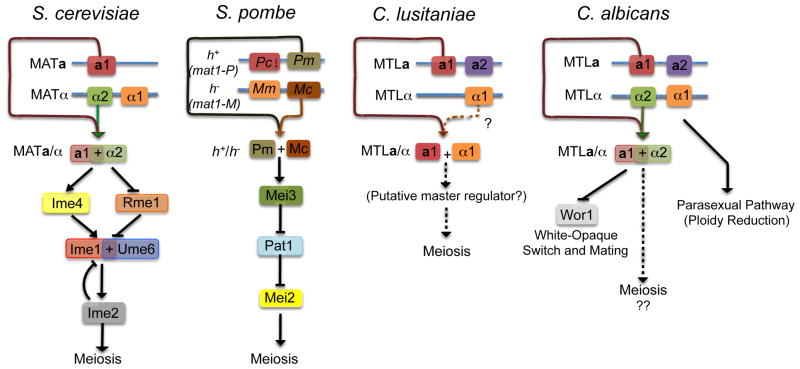Figure 1. Regulation of Sexual Programs in Yeast.
Meiotic entry is induced by nutritional starvation and the presence of mating type alleles from both sexes for S. cerevisiae, S. pombe and C. lusitaniae. Note that meiosis in S. pombe requires all four genes encoded at the mating locus; Pm and Mc subsequently activate expression of the meiotic regulator, Mei3. Meiosis has recently been investigated in C. lusitaniae and requires the presence of a1, possibly in combination with α1, but the downstream effectors of meiosis have not been identified. C. albicans does not undergo a conventional meiosis yet efficient mating of diploid a and α strains occurs and is regulated by Wor1 and the white-opaque phenotypic switch. Tetraploid cells can undergo a parasexual program of random and concerted chromosome loss to return to the diploid state.

